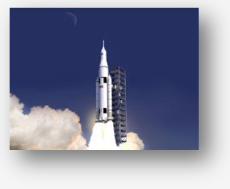 NASA is ready to move forward with the development of the Space Launch System — an advanced heavy-lift launch vehicle that will provide an entirely new national capability for human exploration beyond Earth’s orbit. The Space Launch System will give the nation a safe, affordable and sustainable means of reaching beyond our current limits and opening up new discoveries from the unique vantage point of space.
NASA is ready to move forward with the development of the Space Launch System — an advanced heavy-lift launch vehicle that will provide an entirely new national capability for human exploration beyond Earth’s orbit. The Space Launch System will give the nation a safe, affordable and sustainable means of reaching beyond our current limits and opening up new discoveries from the unique vantage point of space.
For more information, a video and related educational materials for a variety of grade levels visit the NES feature page.

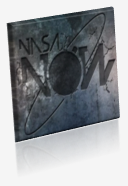
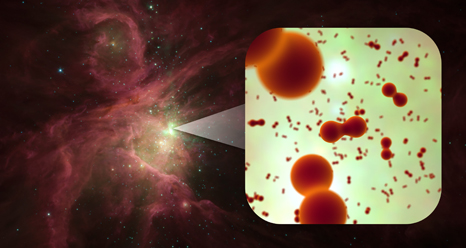 Detectors on the Herschel Space Observatory’s large telescope have provided the first confirmation of oxygen molecules in space. The molecules were detected within the Orion Nebula.
Detectors on the Herschel Space Observatory’s large telescope have provided the first confirmation of oxygen molecules in space. The molecules were detected within the Orion Nebula.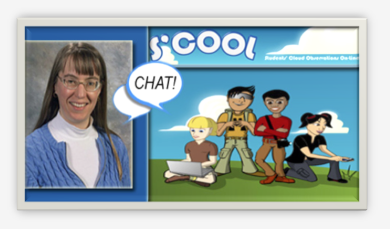
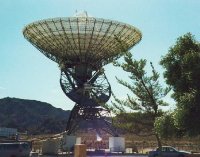 After attending the NASA Explorer Schools Goldstone Apple Valley Radio Telescope Summer Experience, educators Kaci Hines, Cheryl May, Nancy Guillory and Donna Rand created a lesson that allows their students to control the GAVRT telescope from their classroom. Their lesson challenges students to determine the temperature of Jupiter by using the telescope. Three major tasks are involved in manipulating the telescope and acquiring accurate data: calibrating, scanning and recording data. Their lesson divides students into three separate groups to let each group learn the different tasks required to operate the telescope.
After attending the NASA Explorer Schools Goldstone Apple Valley Radio Telescope Summer Experience, educators Kaci Hines, Cheryl May, Nancy Guillory and Donna Rand created a lesson that allows their students to control the GAVRT telescope from their classroom. Their lesson challenges students to determine the temperature of Jupiter by using the telescope. Three major tasks are involved in manipulating the telescope and acquiring accurate data: calibrating, scanning and recording data. Their lesson divides students into three separate groups to let each group learn the different tasks required to operate the telescope.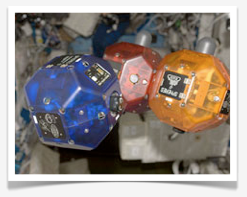 How can robots help humans live and work in space? NASA is studying that right now!
How can robots help humans live and work in space? NASA is studying that right now!